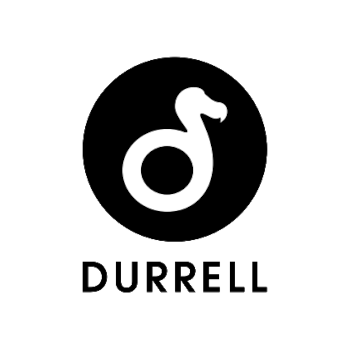Jersey Zoo / Durrell Wildlife Conservation Trust
Having trialled the RemoteM temperature monitoring system over several months, the system is working well as an integral part of our operating and safeguarding practices. Over the years, we have tried other devices to ensure we maintain enclosures and animal areas within safe and appropriate temperature ranges. Bluetooth or WiFi-based systems without battery back-up functions haven’t provided us with either the confidence we need in the event of power outages or system failures, or they were clumsy to operate as several different systems had to be used across the site due to signal limits. The RemoteM system is competitively priced and reliable, and we have had excellent support from the RemoteM technical team as we develop with them new applications and tailor data requirements to best suit the course of our work.- Matt Goetz, Head of Herpetology, Durrell Wildlife Conservation Trust

About Jersey Zoo
First established in 1959 on the island of Jersey by naturalist and writer Gerald Durrell, Jersey Zoo is operated by the Durrell Wildlife Conservation Trust and provides visitors with a unique opportunity to glimpse some of the rarest animals on the planet. The animal collection is focused on conservation, with breeding programmes for release back to the wild, training in animal husbandry and conservation practices.
Maintaining a safe and healthy environment
The herpetology team at Jersey Zoo first learned about the RemoteM temperature monitoring system from zoo vets, and immediately recognised the potential for a wide range of applications to maintain a consistent and safe environment for the zoo’s collection of endangered reptiles and amphibians.
All the herpetology areas are air-conditioned, but there was no single, combined system for data collection, or for alerts when temperatures went out of range. The team was using a mixture of probes and data loggers requiring time-consuming data collection processes and no potential for standard recordings or real-time automatic output of data collected on one common interface. In addition, they were seeking a satisfactory system for physical real-time monitoring in the individual enclosures, capable of automatically logging and storing temperature readings collected at different levels within tanks and pens.
Portability and access to real-time data
"The RemoteM system seemed like the perfect solution," explained Matt Goetz. "It combines long-range radio-frequency operation, battery back-up and total portability so we can move the nodes into different areas to give us real-time information on one screen. Data is uploaded to the cloud and we have immediate access to real-time readings, graphs and historical data. The multi-stage alerts and choices of alarm devices (email, text, call) are a bonus to have in one single system, really, and we’re now branching out and exploring new applications with the support of RemoteM, looking at waterproofed nodes for areas where we spray to maintain humidity levels."
Keeping bats and monkeys safe too!
Applications for the temperature monitoring system have now expanded beyond herpetology, with zoo staff now tracking temperatures in several additional areas.
One example is a polytunnel which houses large fruit bats, which must not become too hot in summer and too cold in winter, with the bats prone to frostbite on their wings. Keeping the animals safe necessitated physical temperature checks every few hours. With RemoteM, the temperature is monitored constantly and alerts are raised in two stages if it goes out of range.
The zoo also has a group of small monkeys free ranging in the woods and is using RemoteM to monitor their shelters to ensure there is no overheating through potential equipment malfunctions. Even the avian team is using the system in the egg incubation area to ensure early warning of any power outages or temperature fluctuations.
The team at Jersey Zoo is continuing to work with RemoteM, looking at new applications for the system and developing new processes which will make their work more efficient and ensure the health and safety of the many different species the organisation is helping to conserve for the future.
Watch the video to find out how RemoteM works
Watch now